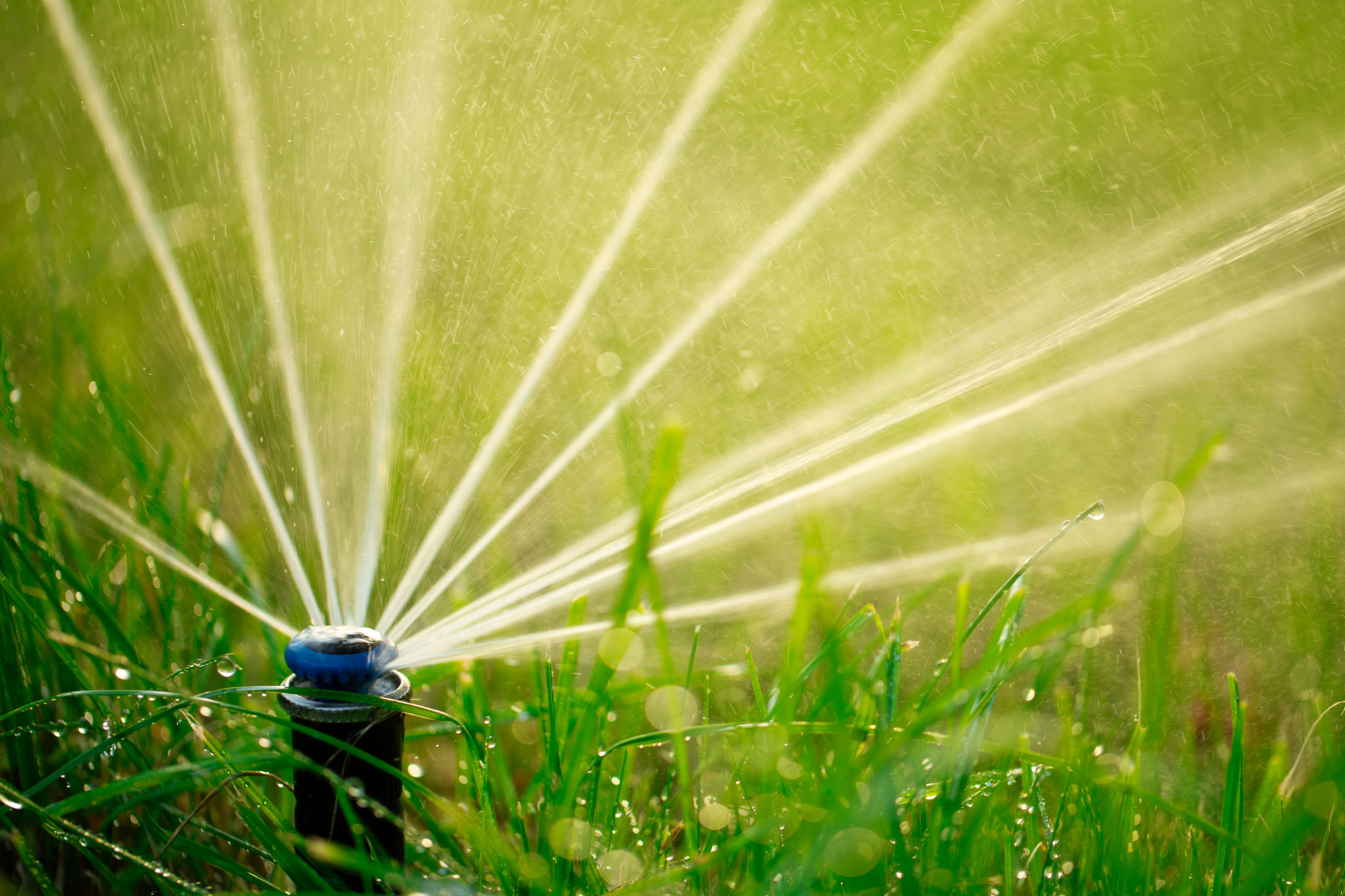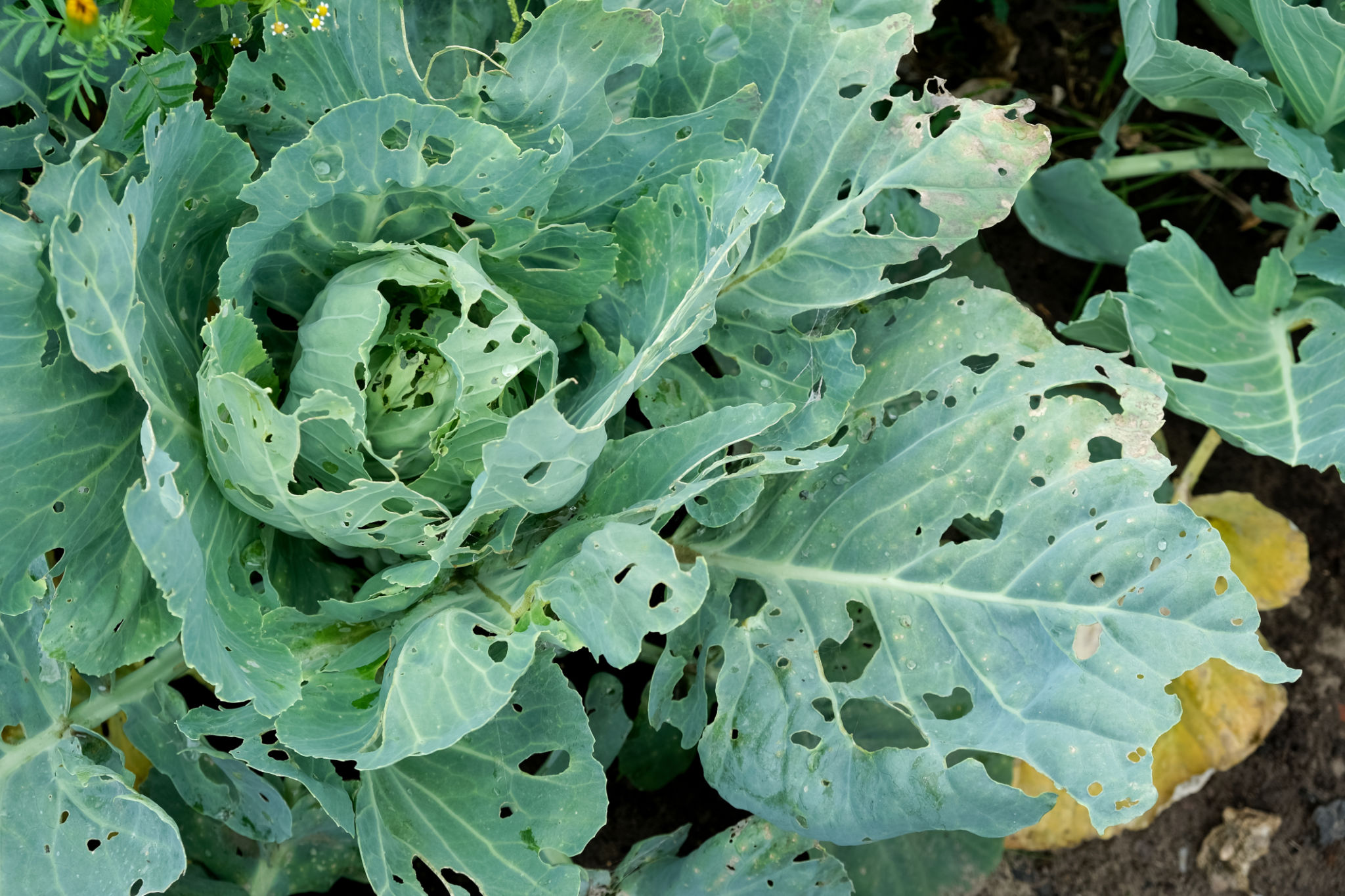Preparing Your Utah Garden for Spring: Essential Tips and Tricks
Understanding Utah's Unique Climate
Gardening in Utah can be a rewarding experience, but it requires an understanding of the state's unique climate. Utah experiences a semi-arid to arid climate, which means dry conditions and large temperature swings. Preparing your garden for spring involves accounting for these factors to ensure your plants thrive.
Spring in Utah can be unpredictable, with the possibility of late frosts. It's important to be aware of local weather patterns and frost dates to plan your gardening activities accordingly. Keep an eye on the forecast as you prepare your garden.

Soil Preparation
Testing and Amending Soil
Before planting, it's crucial to test your soil to determine its pH and nutrient levels. You can purchase a soil test kit from a local gardening store or send samples to a lab. Once you have the results, amend the soil as needed to create a fertile environment for your plants.
Adding compost or well-rotted manure can improve soil structure and provide essential nutrients. Consider incorporating organic matter into the soil to enhance water retention, which is particularly beneficial in Utah's dry climate.
Tilling and Aerating
Tilling the soil helps to break up compacted areas and aerate the ground, making it easier for plant roots to grow. Be careful not to over-till, as this can damage soil structure. A light tilling or using a garden fork to aerate may be sufficient.

Selecting the Right Plants
Choosing Native and Drought-Resistant Plants
Opt for plants that are native to Utah or those that are drought-resistant. These plants are better adapted to the local climate and will require less water and maintenance. Consider species like sagebrush, penstemon, and yarrow for a resilient garden.
Research the best planting dates for each type of plant. Some may need to be started indoors before the last frost, while others can be sown directly into the ground.
Watering Strategies
Efficient Irrigation Systems
Implementing an efficient irrigation system is crucial for conserving water while ensuring your plants receive adequate moisture. Drip irrigation and soaker hoses are excellent choices for minimizing evaporation and delivering water directly to the root zone.

Watering Schedule
Establish a watering schedule that aligns with the needs of your plants and the weather conditions. Early morning is usually the best time to water, as it reduces evaporation and allows plants to absorb moisture before the heat of the day.
Pest and Weed Management
Spring is the time when pests and weeds begin to emerge. Regularly inspect your garden for signs of pests and take action promptly to prevent infestations. Natural pest control methods, such as introducing beneficial insects or using organic sprays, can be effective.
Weeds compete with your plants for nutrients and water. Remove them by hand or use mulch to suppress their growth and maintain soil moisture.

Final Touches
As you wrap up your spring preparations, consider adding a layer of mulch around your plants to retain moisture, suppress weeds, and regulate soil temperature. Mulching is a simple yet effective step that can greatly benefit your garden throughout the growing season.
Finally, take some time to plan your garden layout. Ensure taller plants won't overshadow shorter ones, and consider placing companion plants together to maximize growth potential.